Travel Photography
So you love travel and you love to photograph while you go. But are you always a little bit disappointed at the ability of your photographs to capture the spirit of your destination? Do you want to improve your photography while you’re in amazing destinations? Have you thought about a photography-centered trip?
There are two types of photography trips: workshops and expeditions.
Photo Workshops
Photo workshops include classroom instruction on photography basics followed by getting assignments, heading out and shooting, coming back to process and critique your photos with instructors, and then doing slideshows with your fellow participants. These are great if you need help with the basics: composition; light; and camera settings. One of the best parts is seeing everyone’s work at the end of each day – you can have twenty people photographing the same thing and everyone captures it differently. E.g. show a monument from a different perspective or cut off a model’s head to focus on her outfit or hands. This made me more creative and improved my photography immensely. I’ve done workshops with Mentor Series (which doesn’t seem to be active anymore), Moose Peterson/Joe McNally, National Geographic, Santa Fe Photo Workshops and Brooks Institute, in San Francisco, Vermont, Tuscany, Santa Fe and Santa Barbara. Santa Fe Photo Workshops was probably the best. Mentor Series was the least well organized. A lot depends on the photographers who are leading the workshops.
Photo Expeditions
Photo Expeditions dispense with the classroom instruction. They are simply trips with very good photographers where you go out and shoot…a lot. I like expeditions more than workshops. Once you get the basics down, there’s not much point in having daily organized critique sessions. You know what to do, and you know when you look at your photos what worked and what didn’t, so you may as well be out shooting instead of in the classroom. You’re still traveling with professional photographers however who are more than happy to work with you while shooting, even on the basics, and can help with practically anything camera-related. Every photographer I’ve traveled with has also offered to sit down and look at individual portfolios in the evenings. The expertise is still there – just one-on-one instead of in a group. I’ve done photo trips with Santa Fe Photo Workshops, National Geographic and Piper Mackay Photography, to Cuba, India (twice), Ethiopia, Burma, Japan and Oman/Dubai. Notice how the list of my photo trip destinations is a lot more exotic than my list of workshop destinations? You don’t want to be somewhere really cool and be stuck in a classroom when there’s culture to be experienced and photos to be created.
I think it’s great to start out with a workshop – especially if you don’t know exposure, aperture, white balance, the best times to shoot, how to frame shots or how to confidently photograph people. But after a workshop or two, move on to a full photo trip/expedition. There’s not much more to say about photo workshops, but if you’re thinking about a photo expedition, especially compared to a standard, non-photography-oriented trip, this is what you need to know:
1) It’s group travel
This isn’t a bad thing, but it’s definitely different than solo travel. You have to wait for people occasionally. Some people will get on your nerves by the end of the trip. But my groups have overall been great, filled with like-minded travelers and photographers, and I’ve made a lot of lifelong friends. I especially love the dinner conversations about travel, since in a group of 10-20 people there’s someone who’s been to an amazing festival, or just come back from Antarctica, or who trekked through Africa, and I always come home with a new list of places to get to and really good travel recommendations.
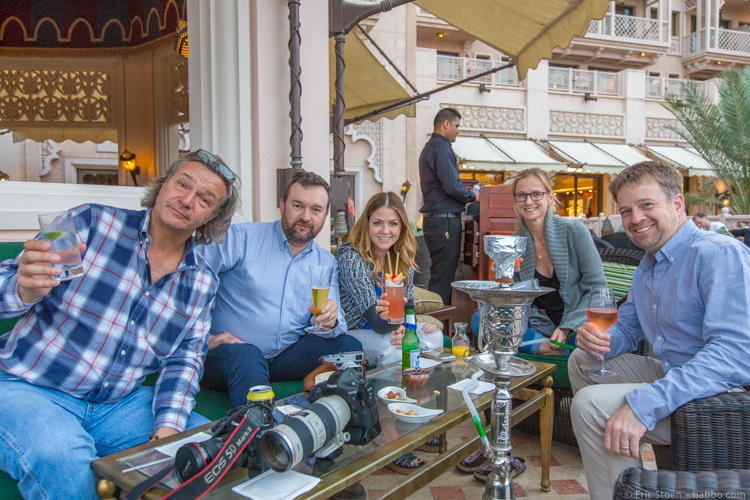
2) You won’t get much sleep
Photography is all about the light. Literally, the word photography means “drawing with light”. A typical day involves a 5:30 or 6:00am departure, a sunrise shoot (great light), breakfast and a lunch break back at your hotel (or car/bus/plane transportation to your next city), a sunset shoot (more great light) and a late dinner. Rinse and repeat. But at the same time, if you’re exhausted after several early mornings and late nights, it’s always an option to take a session off. Relax at the hotel. Get a massage. Nobody can go full-speed for 10-14 days without needing some down time.
3) You won’t get to many museums
Most trips include maybe one quick visit to a museum to be able to put the destination in perspective culturally, but otherwise you’re there to shoot. And shooting in museums is boring.
4) You need to be in decent shape
You’ll walk…a lot. You’ll climb dunes. You’ll run after parades and people to get in place for better shots. And you don’t want to be the person that the group is waiting for at the end of every session.
5) You don’t need to be a great photographer or have the best equipment
On every group trip I’ve done there are people taking photos with point-and-shoot cameras or iPhones – some highly successfully. There are people who always see great angles for unique photographs and people who have virtually no eye for what makes a photo work. As long as you have an adventurous attitude and a desire to improve your photography, you’re good. But you’ll definitely get more out of a photo trip if you’ve taken a photo workshop first and/or have a good feel for photo basics and know how to use your camera – whatever you’re shooting.
6) You need to be flexible
Photo trips are about being in the right place at the right time to capture the best light and action. I’ve stayed in every manner of dwellings, from tents in the desert to five-star palaces – often on the same trip. If you have to have a hot shower and fast wifi every day, a photo trip to an exotic destination probably isn’t for you. Also, the trips rarely stick to schedule…which is part of the fun. Spontaneous events happen. Maybe you’re heading to photograph one thing and a procession of monks coming down the road means stopping to photograph for half an hour and adjusting other plans. Maybe you get invited to a royal wedding in India and change some future shooting as a result. Both have happened to me!
7) You’ll get great images
How many great images you shoot depends largely on how good you are and how much photographic experience you’ve had, but there will always be situations where it’s virtually impossible not to come back with something that will wow your friends. If there’s a dune and all it needs for sunset is some camels and camel jockeys silhouetted on the top, you can arrange that. If a field at sunset would be more interesting with someone in a colorful dress walking through it – absolutely, that’s what a good guide can make happen.
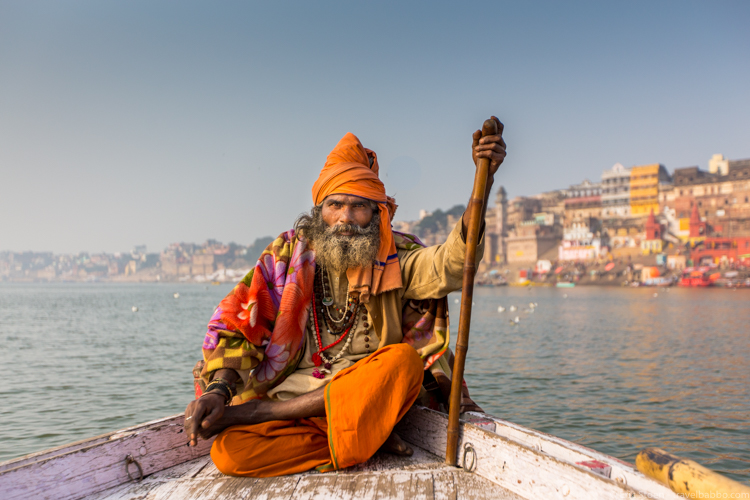
8) You’ll have an adventure
On photography trips I’ve been on elephants and camels (a lot). I’ve ridden in tuk tuks, bicycle taxis, jeeps and planes, and on every manner of boat. I’ve met very cool people. I’ve been to amazing festivals. I’ve been in villages where they’ve seen very few tourists. It’s a spectacular world out there and photo trips are a good way to see a little of it, and document it well.
9) Your photography expenses will increase
Every trip I come back home with a list of new lenses and gadgets that I want. Taking good photographs depends more on your eye for composition and the light than on having the most expensive gear, but on these trips you’ll see what your fellow participants are using and what kind of images they’re getting as a result. Do I really need a $2,000 24-70mm f/2.8 lens? No. But did I see situations where it would have been the perfect lens and would have improved my likelihood of getting a great shot? Yep. At least lenses are far more permanent than bodies. A great lens can last forever. Camera bodies get better every year. FYI, I write about my camera equipment here.
10) You’ll become a better photographer
I’m always learning new techniques and getting more comfortable with my cameras. I come home wanting to play with flash and long exposures and different apertures. Looking back at my photos from ten years ago…well, they’re not very good. Now I would consider myself an advanced amateur, coming back from most trips with dozens of photos that I love. And it’s all because of what I’ve learned on these trips and the photo opportunities that they provide.
Photo Expeditions and Workshops: A Summary
Overall I highly, highly recommend photography trips. I haven’t been on a bad one. And you do not need to pay more for a brand name. My National Geographic photo trips have all been great, but on my Santa Fe Photo Workshop to Cuba I took the photo that won me Conde Nast Traveler’s Photo of the Year contest, and my trip to India with Piper Mackay Photography was the best that I’ve been on – very well organized, opportunities for amazing images, and no brand name markup. Plus the NatGeo group sizes hover around 20. By comparison my trip with Santa Fe had twelve participants, and my trip with Piper was limited to ten. Smaller is better.
A Ranking of Photo Workshops and Expeditions
After my 10th photo trip (in Oman), I wrote a post ranking every major photo expedition and photo workshop that I’ve done.
Have you been on a photo trip? Are you thinking about one?
Pin This!
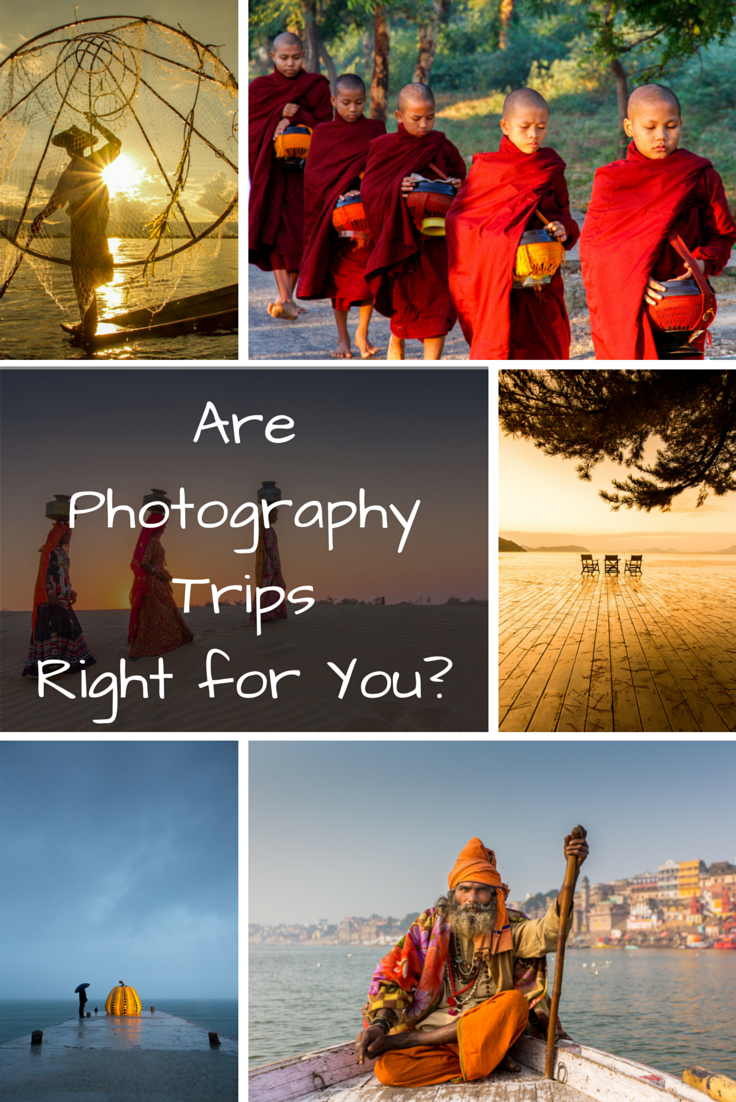

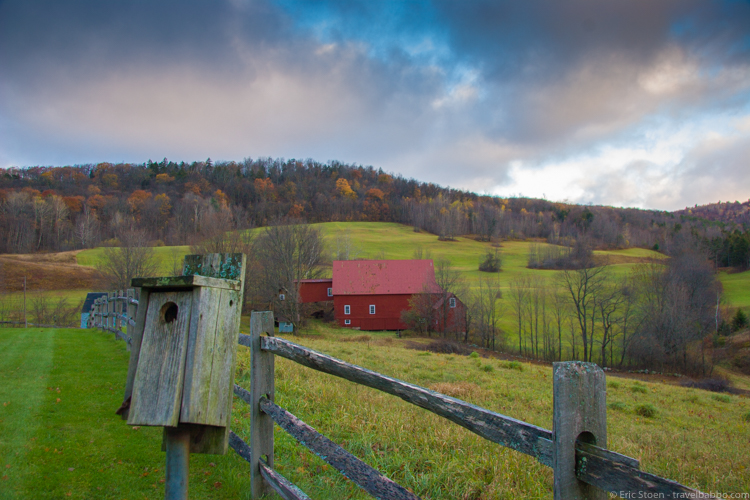
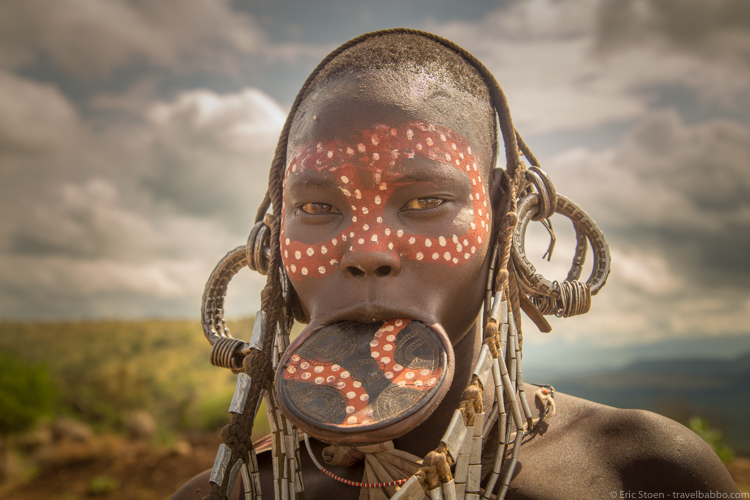
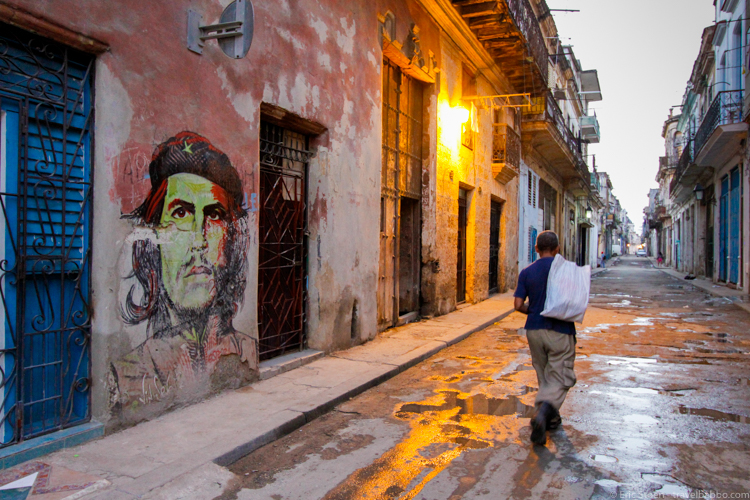
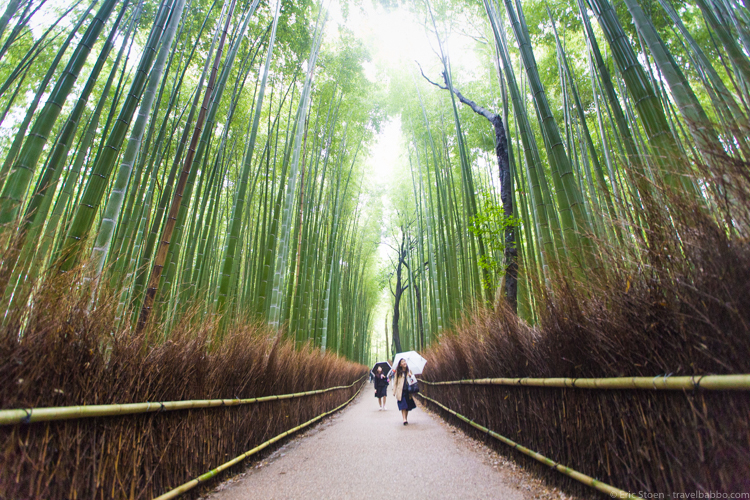
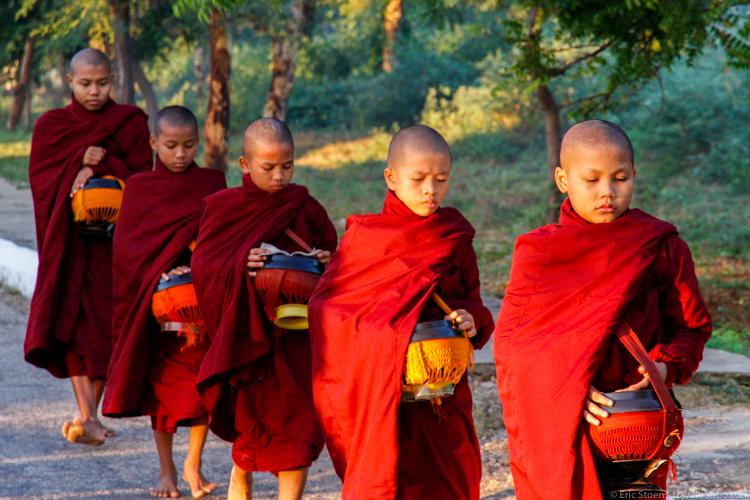
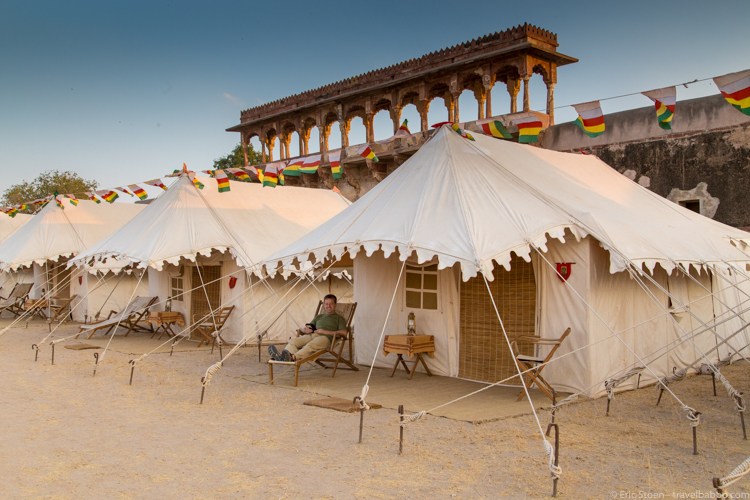
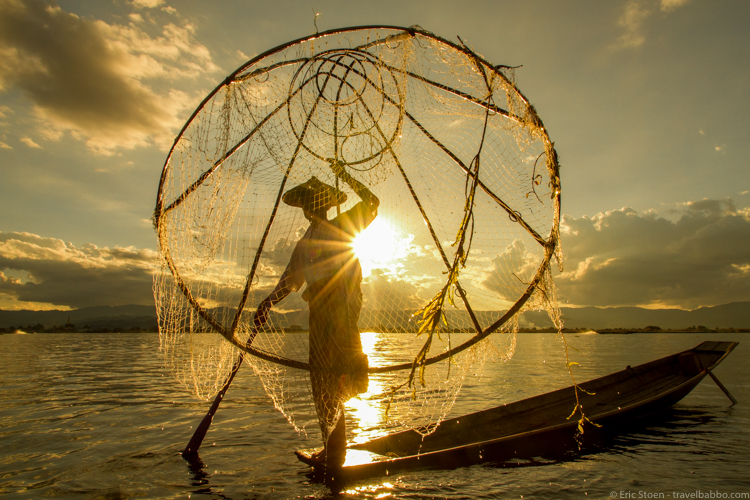
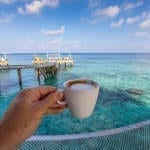
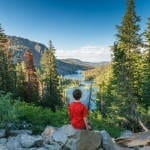
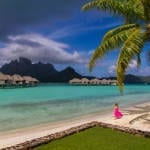
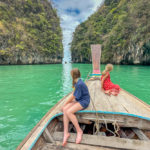
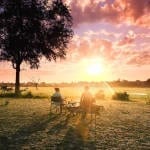
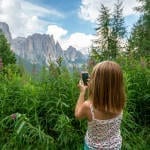
Alright, I’m in. Looking at workshops now and then will book a full-on photography trip.
Awesome! And I loved the Italy with Kids post on your site Elaine and tried to leave a comment, but it thought that I was using some sort of automated spamming software? If you don’t get a comment from me, let me know!
Hi Eric, thank you for this post! I am a big fan of photography workshops. The only out-of-NY-area workshops I have attended — Amboseli and Masai Mara in Kenya in the Fall of 2014…..which was extraordinary. This Friday I am heading to CUBA with photojournalist, Peter Turnley. Congrats on your Cuba photography winning the Conde Nast Traveler honor! I am even more excited to be in Havana with 12 other photographers…
Thanks Nancy! Kenya sounds great – I’d love to do that. And a photo trip to Cuba is definitely the way to go. I have friends who went on non-photo-oriented NatGeo trips to Cuba and were really disappointed by the photo opportunities. I think it’s the best way to experience any place, and it’s a great excuse to walk around early or late in the day when the other tourists are still in their hotels!
I’ve been thinking of booking a photography trip, but haven’t researched them at all. Thanks for giving me food for thought. And now I think I’ll start with a workshop.
I totally agree – workshops are a great place to start! Find one in a cool location – you may as well enjoy the destination while you’re improving your photography.
These trips sound so interesting! I’d love to do one in the future and your experience definitely helps! Thanks for sharing!
Eric,
This is an interesting guide to follow, and brings up a type of trip I’d never thought of before. I love your mention of light and thought you were going in the direction of 8 or 9am, only to realize that you’re talking about 5 or 6. Haha! I see what you mean though, because everything changes once 11 or 12 hits. I’ve only taken good shots during those times when it was overcast. Otherwise, the sun is just way too powerful.
You’ve learned under some big names and after seeing your shots, I wonder if they (the Monk shot in particular) are mostly a result of your learning or if you could’ve pulled that off before. I really like that one, btw. Though I’ve never attended a photo trip, I’ve been on walks with photographers and have loved the wisdom and insight they’ve passed onto me. It’s always so great to hear and share with people, no matter what you have to offer. You’re always going to learn something and come away fulfilled, after meeting with like-minded folks.
Thanks for sharing this, Eric. I liked the stories threaded into your advice and tips. Take Care.
Thanks for commenting Duke. Yes, I could have taken the monk shot without any guidance. That shot works because of the action (monks walking), the color and the morning light, so as long as someone is able to frame the shot decently, it wouldn’t matter if he/she was shooting with an iPhone/point-and-shoot or had much previous photography experience – it would still be a good shot. The more you shoot or go on photo trips or photo walks, the more you’ll be able to anticipate that shot and make it work, but most great scenes can be captured by anyone. Just make sure the light is good!
So that’s your secret ! I thought you were just a natural. 😉 There is hope for the rest of us!
Seriously though, have you ever posted on what camera equipment you use? I primarily use an iPhone, but I would like to up my game. That said, I also really love something that fits in a jacket pocket. 🙂
Hey Tara! My camera post is here. A lot of the time now I only shoot with my iPhone 7 plus or my Lumix 100, since like you said they can fit in a pocket. Having said that, I’m on a trip in Oman right now and shooting 100% with DSLRs. The quality is too good for me to give them up easily…
I completely understand. Thank you for the post link. I am on the cusp of buying the 7 plus, but I also want to make a few more purchases. 🙂 Happy travels.